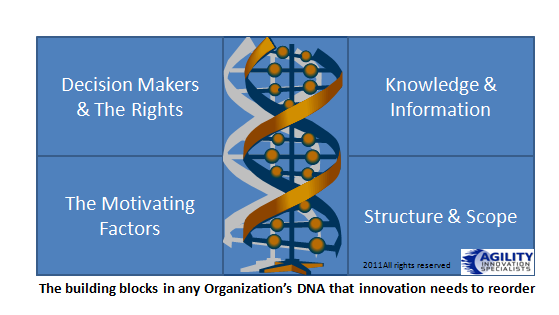I tend to not like offering up checklists as blog posts, you know those one hundred and one ideas for this or that, although I have to admit I like collecting them as a kick-starting resource. Today I decided to change my mind, Why?
Well, I think those of us involved in innovation need to keep reminding ourselves to not just work on the day’s problem that is in front of us but to ‘move along all the others, so this is my innovation jobs-to-be-done list that clients and consultants need to work upon.
Also, these do build towards a possible Chief Innovation Officer’s agenda and content.
A reminder of what we need to keep tackling and consciously working on.
What do you think?

